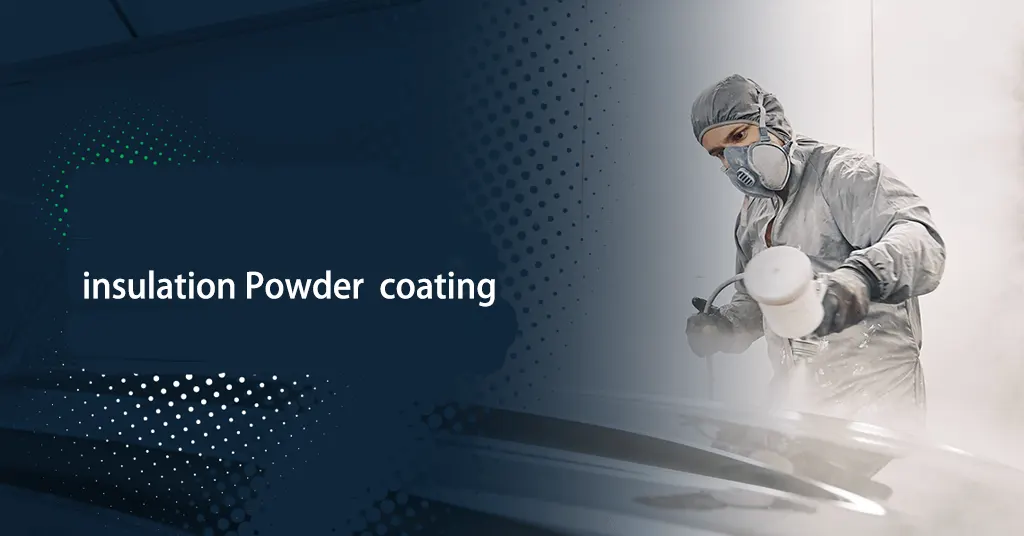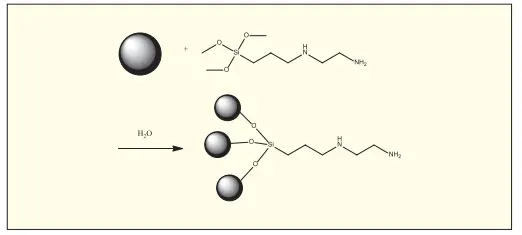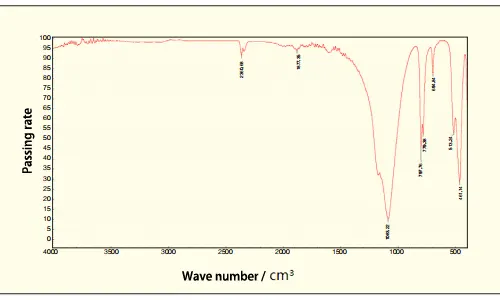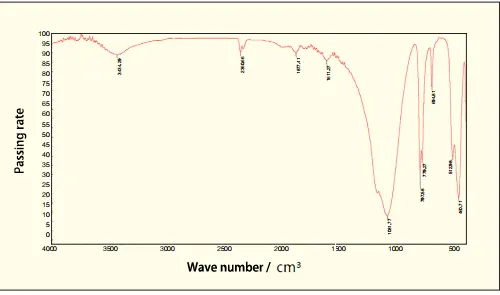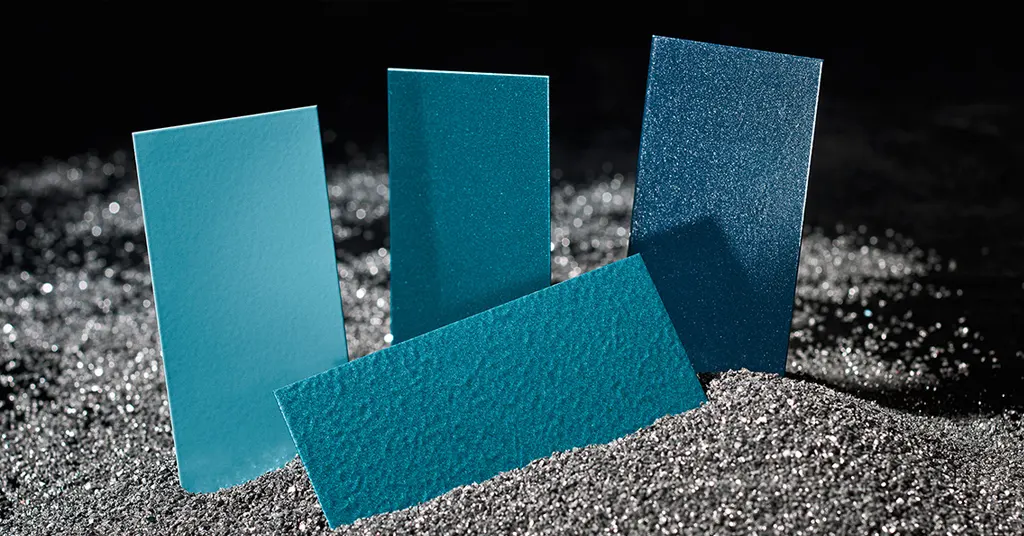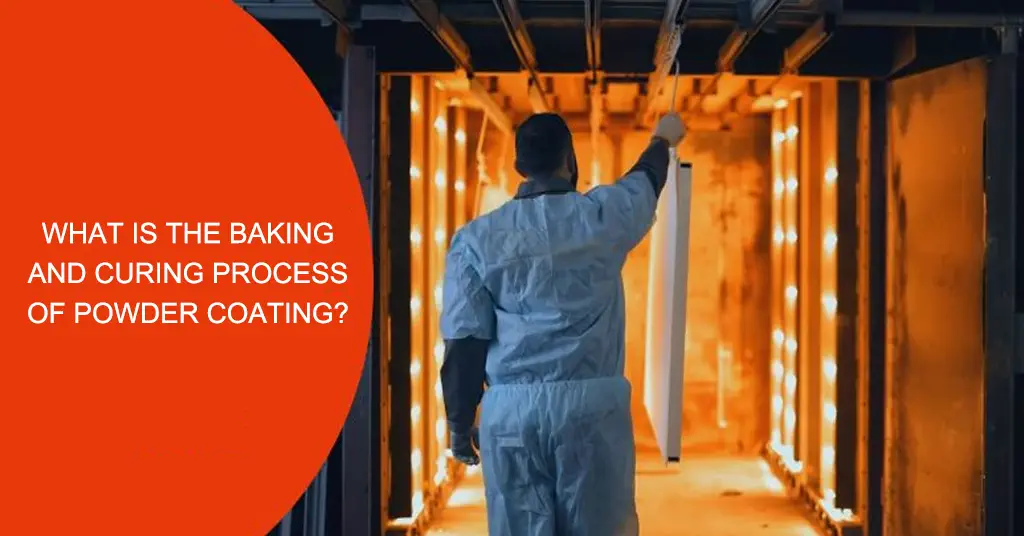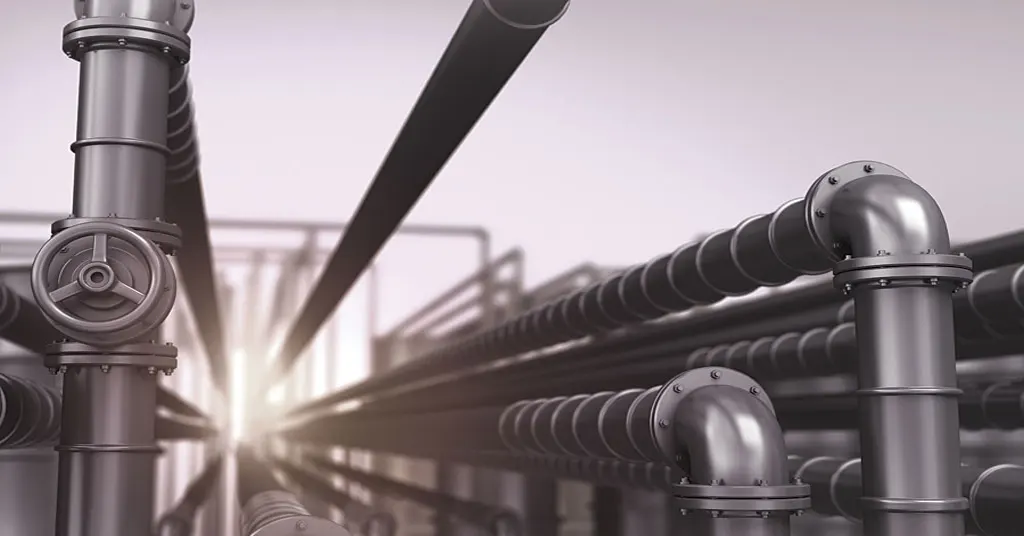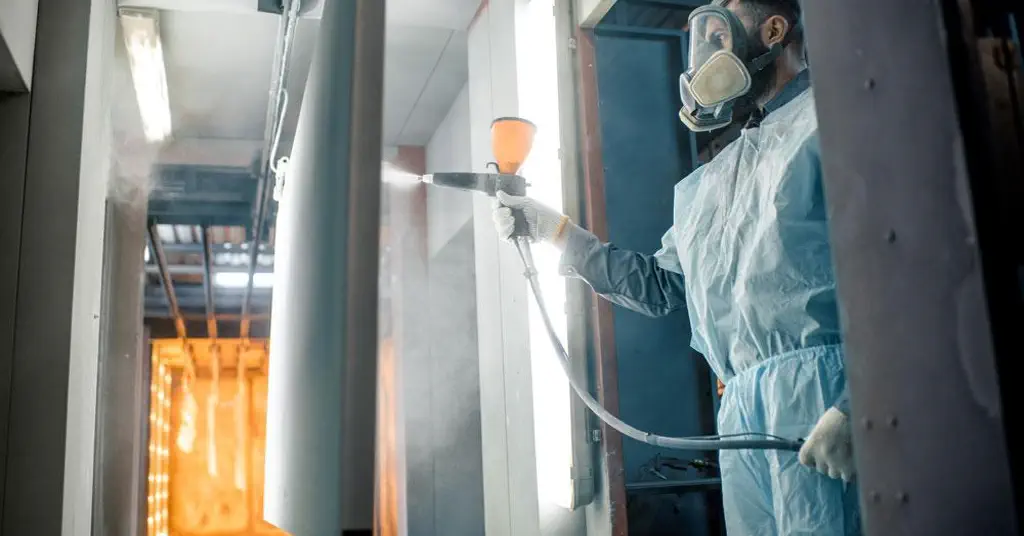Powder coating is a solid powdery synthetic resin coating made from solid resin base material, pigments, fillers, additives and other components through melt extrusion. Compared with liquid coatings (ordinary solvent-based coatings and water-based coatings), its dispersion medium is air instead of organic solvents or water, making it free of solvent pollution, 100% film-forming, and low energy consumption. In recent years, environmental protection efforts have increased, and powder coatings have developed rapidly in the coatings industry, covering various major fields, including the field of insulating coatings. However, the advantages of powder coatings are also a shortcoming that restricts their development when applied to insulating coatings. Since powder coatings do not contain solvents, all components in the coatings rely on the resin base material to be melted and then moistened and dispersed. Its dispersion effect is compared to that of solvent-based coatings. Far inferior to paint. In addition, powder coatings rely on electrostatic adsorption on the surface of the substrate, and the gaps between the particles may also leave some defects when melted. This makes the insulating powder coatings susceptible to water vapor erosion during use, resulting in a decrease in electrical properties.
Molten silicon powder is a micro powder made from amorphous silica formed after high-temperature smelting and cooling of natural quartz as the main raw material through crushing, medium crushing, fine grinding, classification, iron removal and other processes. It has excellent properties such as high fire resistance, high temperature resistance, small thermal expansion coefficient, low internal stress, corrosion resistance, high moisture resistance, and high insulation. It is widely used in electronic packaging, high-end electrical insulation, coatings, rubber and other industries. However, there are some disadvantages when fused silica powder is used in insulating powder coatings: high hardness, and the mixing effect during melt extrusion is worse than that of low-hardness fillers; the micro-powder is easy to agglomerate, which further increases the wetting and wetting of the silica powder by the resin base material. It is difficult to disperse and combine well with the resin base material, causing material defects.
In this study, the silica powder was pre-treated with a silane coupling agent to graft the organic segments onto the silica particles to reduce the agglomeration of the silica powder, enhance the wetting and dispersion of the resin base material, and improve the cohesion of the system. Reduce coating film defects and improve the wet electrical properties of the coating film.
Electronic balance, constant temperature water bath, three-necked flask, ultrasonic cleaner, speed regulating motor, stirring paddle, vacuum pump, filtration bottle, water filter membrane, magnetic stirrer, beaker, stirring bar, oven, mortar, Fourier transform infrared Absorption spectrometer.
Microsilica powder (industrial grade), N-(β-aminoethyl)-γ-aminopropyltrimethoxysilane (industrial grade), ethanol (analytical grade), third-grade water (homemade), potassium bromide (spectrometrically pure) ).
Electronic scale, twin-screw extruder (Haiyang Electrostatic), high-speed pulverizer, powder spray cabinet, electrostatic spray gun (Jinma), air-heated constant temperature oven.
Film thickness meter Qnix-4500, paint film impact meter BGD-304, cylindrical bending tester BGD-564, gloss meter BGD-515, hundred grid plate, AC and DC voltage withstand insulation tester TH9320-S8, high-pressure steam sterilizer (Working pressure 0.16 MPa).
Add a certain amount of silica powder to the three-necked flask, add third-level water at a mass ratio of 1:2, mix, and then add a certain amount of ethanol. After slight shaking and dispersion, cap the bottle stopper and ultrasonically disperse at room temperature for 30 minutes. After the dispersion is completed, add a certain proportion of N-(β-aminoethyl)-γ-aminopropyltrimethoxysilane and place in a constant temperature water bath at 60°C.
Stir for 1 h and filter with suction. The filter cake was washed twice with water and suction filtered, then dried in an oven at 120°C and ground. The coupling agent modified silica powder is shown in Figure 1.
Fourier transform infrared absorption spectrometer (FTIR) was used to test unmodified silica powder and coupling agent-modified silica powder with potassium bromide as the background, resolution 8 cm-1, and scanning range 4000~400 cm-1. , the following two sets of infrared absorption spectra were obtained (Figure 2~Figure 3).
Comparing Figure 2 and Figure 3, it is found that the coupling agent modified silica powder has an obvious infrared absorption peak at 3434.29 cm-1, which is the amino vibration, indicating that the coupling agent modified the silica powder successfully. The surface of the micron powder particles was successfully grafted with organic modified segments.
There are three types of commonly used insulating powder coating systems: epoxy-phenol curing system, epoxy-amine curing system, and epoxy-anhydride curing system. Each of the three types of curing agents has its own advantages and disadvantages. We chose epoxy-amine for this experiment. Similar curing system. Compared with the other two systems, the epoxy-amine curing system has better coating flexibility than the anhydride system and excellent price advantages, and N-(β-aminoethyl)-γ-aminopropyltrimethoxy The amino group and amine curing agent on the silane coupling agent can be well matched with the epoxy for cross-linking reaction to enhance the adhesion between the filler and the resin base material. The experimental formula of insulating powder coating is shown in Table 1.
Two groups of powder coatings were sprayed on aluminum plates using the following parameters: electrostatic voltage 70 kV, electrostatic current 60 μA, powder output 80%, total air volume 4.5, baking temperature 200 °C, baking time 15 min, to prepare a film thickness of 150~ 200 μm coating.
The test method is carried out in accordance with national standards, industry standards or common industry methods. The focus of this study is to study the performance changes of the insulating coating after being corroded by water vapor during use. The method generally adopted is GB/T 1740 Paint Film Resistance to Moisture and Heat Determination ( 47 ℃, 96% RH) or high temperature and high humidity test (double 85). The test cycle of the two test methods is too long. In order to shorten the test cycle, we use the high temperature and high pressure water vapor erosion method to test: inject three levels of water into the sterilization pot. water, place the sample in the sterilization pot liner, cover the lid and heat, let out the cold air after the temperature rises to 105°C, and then the sterilization pot enters normal working status. After 1.5 hours, remove the heat source and open the vent. Deflate the valve, take out the sample, and perform electrical performance testing. The results are shown in Table 2.
It can be seen from the data in Table 2 that both Formula 1 and Formula 2 have good physical and electrical properties in the dry film state. However, after high-pressure water vapor erosion, the performance of the coating film of Formula 1 dropped sharply in all aspects, while the performance of Formula 2 remained good. It shows that the modified silica powder-insulating powder coating indeed enhances the resistance of the coating film to water vapor erosion.
Treating silica powder with N-(β-aminoethyl)-γ-aminopropyltrimethoxysilane coupling agent and grafting organic segments on the surface of silica powder particles can effectively reduce the agglomeration of silica powder. Improve the wetting and dispersion of the filler by the resin base material. The N-H group on the coupling agent reacts with the epoxy to enhance the adhesion between the resin base material and the filler, thereby improving the coating’s resistance to water vapor erosion and improving the coating’s moisture content. state performance.
